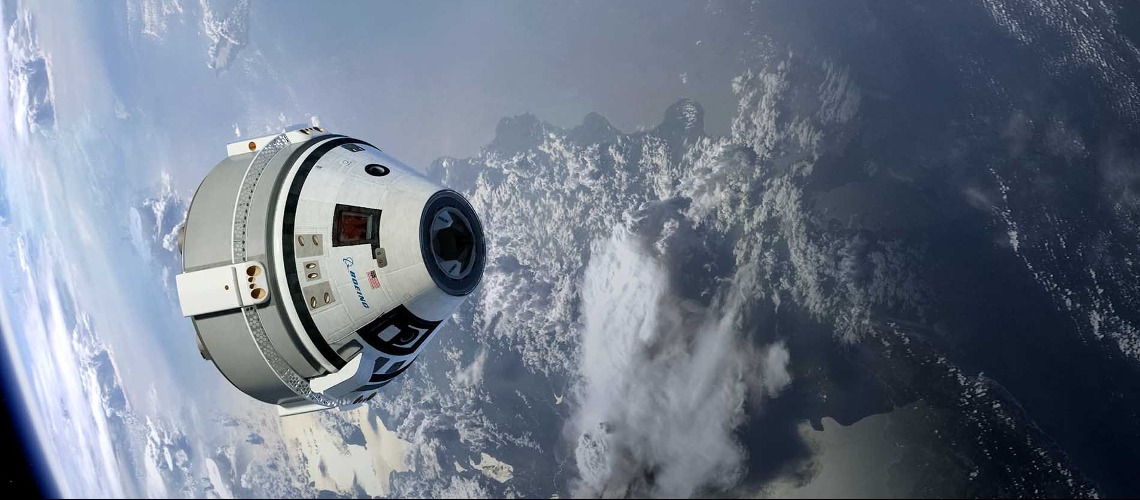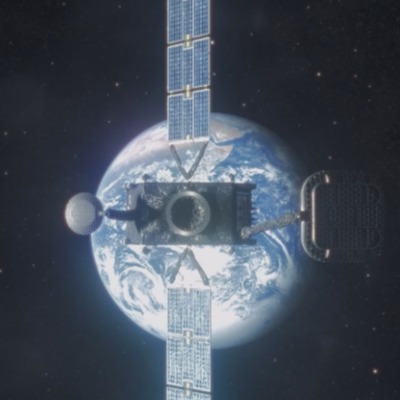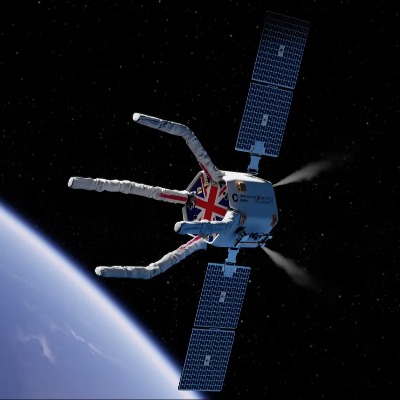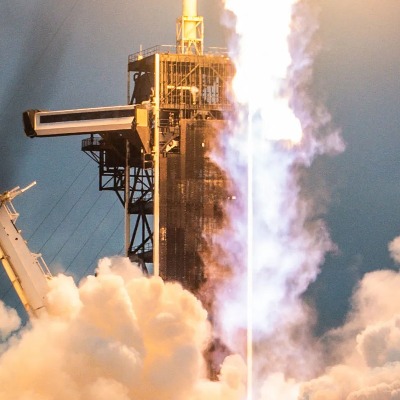Boeing's Starliner Cleared For Liftoff: Historic Crewed Mission Set For May 6th

In a major development for the American space program, Boeing's Starliner spacecraft has been cleared for its first-ever crewed mission. NASA and Boeing officials announced that the capsule passed a critical flight readiness review, paving the way for a launch on May 6th.
This long-awaited mission, dubbed the Crew Flight Test (CFT), will see veteran astronauts Butch Wilmore and Suni Williams become the first to fly aboard Starliner. The capsule will lift off atop a United Launch Alliance Atlas V rocket from Florida's Cape Canaveral Space Force Station, marking the first astronaut mission for an Atlas V rocket since the Mercury program in the early 1960s.
The green light for launch comes after a two-day flight readiness review where engineers meticulously examined Starliner and its supporting systems. No major issues were identified, allowing NASA and Boeing to proceed with confidence.
"There's still a little bit of closeout work to do," said Kathy Lueders, NASA's associate administrator for space operations, at a press conference today. "But we are on track for launch at 10:34 p.m. Eastern Daylight Time on Monday, May 6th."
Starliner's successful flight test is a crucial milestone for Boeing's Commercial Crew Program partnership with NASA. Following a troubled development process, a successful CFT mission would mark a major win for the aerospace giant.
Wilmore and Williams are scheduled to dock Starliner with the International Space Station (ISS) for a roughly ten-day stay before returning to Earth for a splashdown landing in the western United States. Their mission will provide valuable data on Starliner's capabilities and pave the way for future routine crew rotation missions to the ISS.
With the launch date set, excitement is building within the space community. This historic mission signifies a significant step forward for American human spaceflight capabilities, with Boeing's Starliner poised to join SpaceX's Crew Dragon capsule in ferrying astronauts to and from the ISS.




